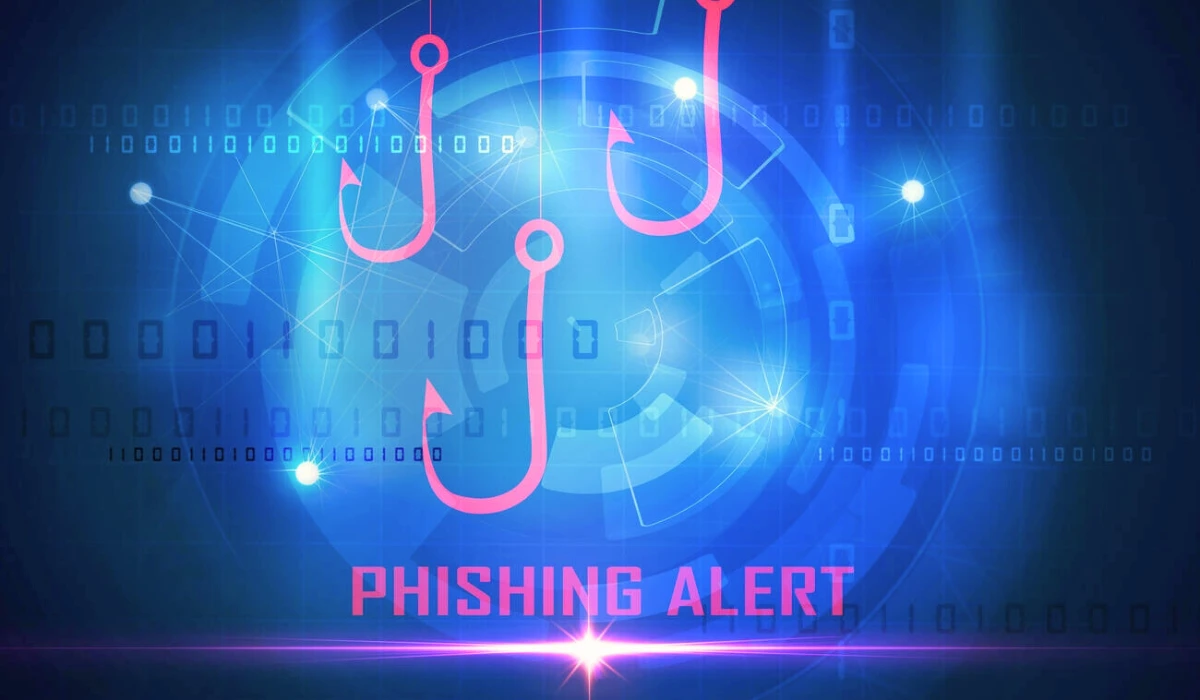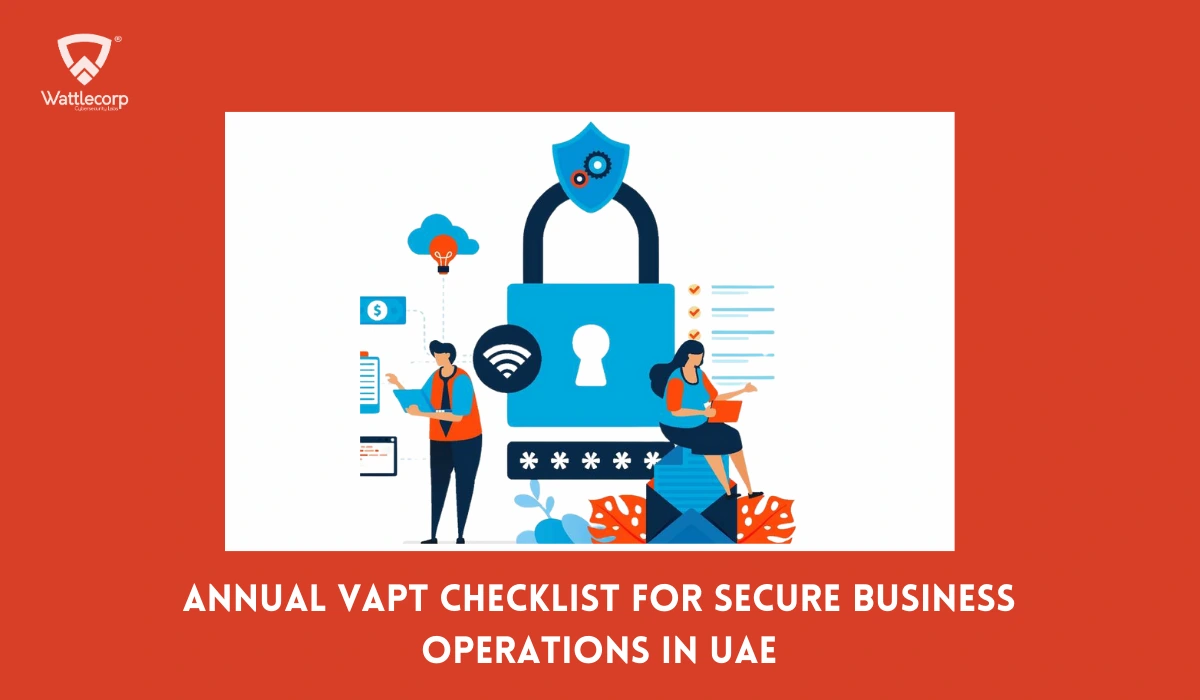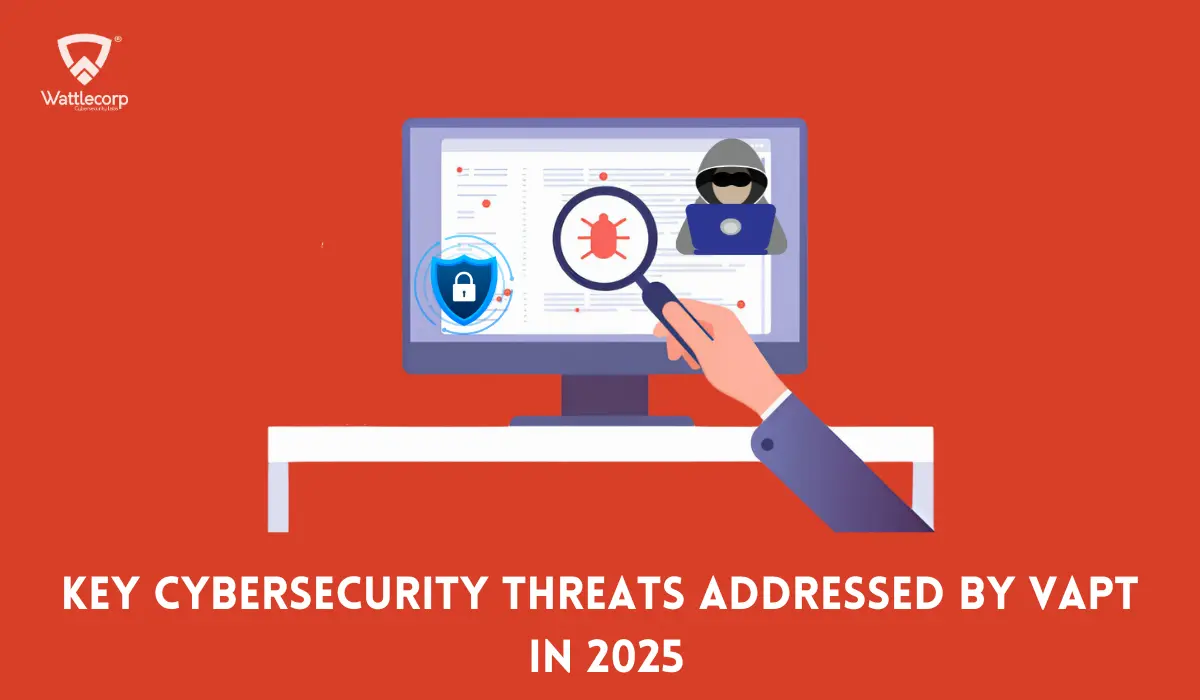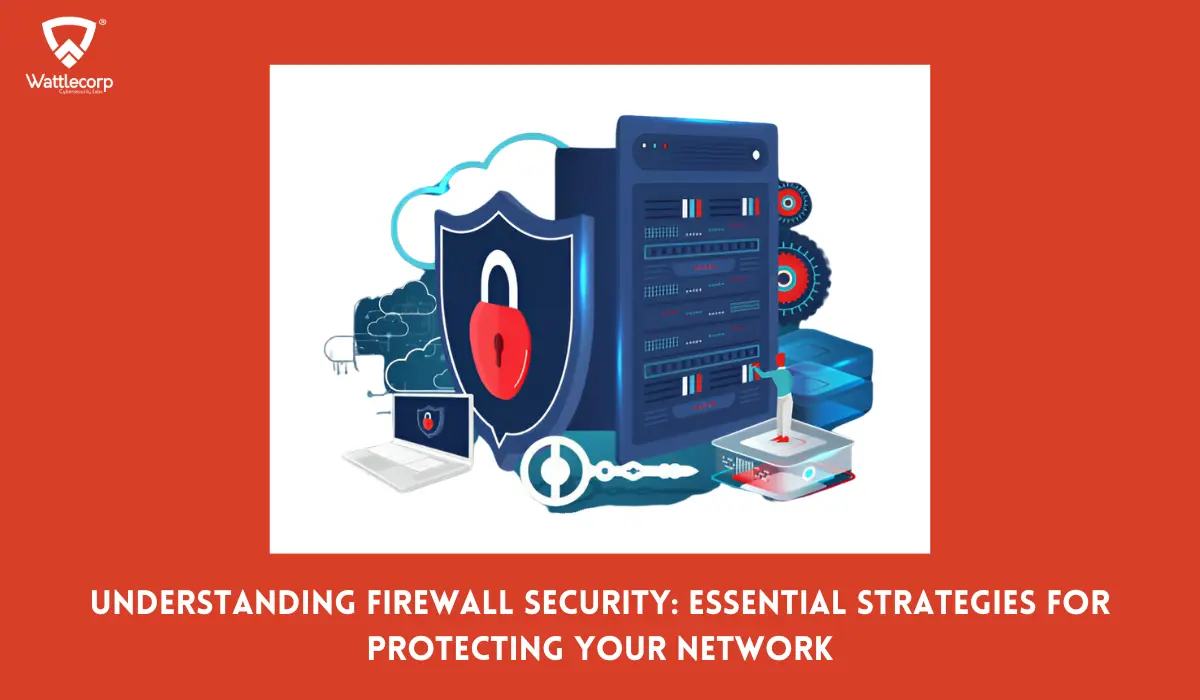As the cyber landscape advances rapidly, so do cybercrimes. Hence, most companies continuously update the technology they rely on, which makes it mandatory for employees to have awareness and training on the pitfalls of security and the rapidly evolving information technology landscape.
Security awareness training consists of many educational programs to train employees on how to securely handle company data, develop proper security hygiene, and be knowledgeable about the potential security risks and attacks that can come across via web platforms if data is not handled properly. A good cyber security awareness training will include the following details:
- Providing proper awareness regarding security-related issues in an organization and understanding the importance of cybersecurity
- To improve the knowledge and skills of all members of an organization in dealing with security issues such as spotting phishing and other attacks.
- Awareness of legal and regulatory components of data protection, including the GDPR (General Data Protection Regulation) or the HIPAA (Health Insurance Portability and Accountability Act),
- Essential training to maintain proper cybersecurity hygiene and to understand the need to follow company security protocols
Security awareness training programs are introduced specifically to help members of an organization safely navigate sensitive data via the Internet.
Table of Contents
ToggleThe Importance of Security Awareness Training?
The ultimate aim of security awareness training is to ensure organizations are protected from potential cyber-attacks by building a human firewall. Companies can adopt the most advanced technology and the best security protocols, but this will only come to action when the members of an organization are trained with the know-how of the changing tech landscape and the necessity of adopting cyber hygiene.

Human vulnerabilities can often lead to data breaches, ransomware, and many more attacks that can significantly impact the company’s reputation.
This is why it is important to educate individuals in an organization about cybersecurity, its pitfalls, potential attacks, proper security precautions, and protocols.
Following security protocols and proper cyber hygiene can reduce the risk of data breaches and potential attacks, thus emphasizing a secure data transfer.
The benefits of implementing successful security awareness training include:
- It helps employees follow proper security hygiene
- Train employees on how to deal with sensitive data, especially financial resources, this can significantly reduce financial losses
- Since most of the attacks are the result of human errors, providing individuals with tests can help them react appropriately when a real-life cyber attack happens, thus reducing human error
- Conducting regular security awareness training programs can help cultivate a security-conscious mindset within the organization, This can also help employees identify cyber risks and seek others’ help if needed.
Components of a Successful Cyber Security Awareness Training Program

1. Educational content
A successful cyber security training will always have invigorating content that educates employees about the security protocols, regulations, and consequences of cyber attacks. The security regulations and laws differ according to the nation and the company, creating content that incorporates such regulations and keeps them updated with the evolving tech field. Conduct in-depth learning programs to cultivate a security-conscious attitude among the staff.

2. Testing
All the learning materials will be of no use if there is no practical demonstration. Simulated testing, such as phishing simulations, gives employees enough chances to make mistakes and learn from them. Tests will often expose people to potential attacks that will help them avoid such traps.
3. Continuous prepping
Conducting training for the sake of regulations won’t help to promote a security-conscious culture within the workspace. Continuous training and regular risk assessment tests will help employees understand their vulnerabilities as well as keep them aware of cybersecurity. Educate employees regarding software updates so that they can keep up with the company’s ever-changing software interface.
4. Engaging and entertaining content
Educational content will stay relevant if it comes across as engaging to people. Ensure that all training sections are engaging and entertaining, which helps employees refresh their memory whenever they come across a potential attack. One way to create engaging content is to use real-world examples, such for phishing scams and illegitimate websites. Basic security tips
From managers to interns, all-inclusive training is mandatory for successful training. Such programs can start with basic yet important security tips that can prevent cyberattacks. They are as follows:
5. Anti-phishing tactics
Phishing scams, including phishing emails and spear phishing, are carried out by skilled hackers who can create an illegitimate website that mimics the original website. Employees must be aware of such scams and exercise caution against suspicious emails, unauthorized links, etc.

6. Secure Password
Passwords primarily restrict access for third parties, a weak and insecure password, especially if unchanged, can make it easy for hackers. Instruct the staff to opt for a secure password and ensure that they update it.
7. Physical security
Train employees to lock or shut down company-provided laptops or mobile phones after office hours. Employees working from home ensure that external parties do not get to access the laptop or any system used for work, which often contains sensitive business information.
How to Build Positive Anti-phishing Behavior Management Programs.
Phishing scams are often the most common scams that employees fall prey to. The following are some management programs that help employees to be aware and take action against phishing scams.
a) Push for rewards over punishments
Encourage employees to build a new habit of reporting phishing scams and reward them each time with a congratulatory text. Introduce security awareness training as a knowledge-gaining process for personal and professional use, to mitigate the embarrassment of mistakes and encourage learning behaviors.
b) Frequent Phishing tests
The best way to analyze the effectiveness of the training and build anti-phishing behavior is to conduct phishing simulations frequently. Not simply the management; the employees can make use of the tests to self-analyze them. Frequent testing will improve reflexive behaviors more than conducting yearly or quarterly simulations and training.

c) Personalized training
Not all employees will be on the same learning curve, different employees have different skills, so providing individualized attention training will be very efficient. As each staff member in a company is equipped to do different roles, the security awareness training should be tailored to meet their competence level. Conduct training at different levels so that employees can identify themselves on the scale of recognizing phishing scams.
d) Implement the program with a positive atmosphere
When conducting security awareness training, reinforce the idea that these programs are to build a security-conscious culture in the workspace instead of expecting a quick change or penalizing employees for their lack of security hygiene. Ensure that such training is deployed for the employees as well as the company’s safety.
e) Value employee feedback
Miscommunication between the employees and the management conducting such training can ultimately sabotage all the effort. Make sure after every training section, employees’ feedback is well received and proper changes are made accordingly. Promote a culture of open dialogue for employees to share their experience of falling prey to phishing scams and clearing their doubts, this will eventually improve their participation in the training as well.
Important Aspects of Cybersecurity Training
Drafting effective security awareness training is the responsibility of the chief information security officer and cyber security members. The human resource department is also involved in the whole training process. All the members, including the managers, are instructed to participate in the training to promote a cyber-security-conscious environment.

The most effective training should cover the following four main layers of security:
- People: The critical part of the human firewall is that the program should focus on training people about scams, potential risks, physical security, and cyber security.
- Network & technology layer: It incorporates security devices and tools such as security analytics, endpoint management, and antivirus programs that ensure all devices used by the company as well as employees are well protected from cyber threats.
- Policy layer: All companies have guidelines their members must follow for data protection, to navigate company resources, and many more. Strong security policies can ensure members adhere to the rules and respond effectively to breaches.
- Infrastructure layer: the network and services that withhold the digital environment of an organization, which is prone to attacks. Implement VPN services as well as firewalls to strengthen the infrastructure.
Cybersecurity training has become more important as such programs have led to a decline in security threats within organizations. As part of the industrial standards, these trainings are conducted twice a year, but for an effective change, they should be considered an ongoing process where employees daily engage in some security awareness training. Involving all levels of members in an organization can eventually create a cyber security-conscious environment. Businesses can enhance their security posture by leveraging Cybersecurity Services, ensuring continuous education and proactive threat mitigation.
Frequently Asked Questions (FAQ’s)
Ans: When it comes to cybercrimes, organizations are always at the disadvantaged end, following proper cyber security protocols will be of better use once and if the organization has a strong human firewall. Employees must be aware of the potential threats, security pitfalls, and attacks resulting from their lack of security hygiene. With proper security awareness training, employees can be cautious when handling company data.
Ans: There are industrial standards an organization has to meet, such as HIPAA (Health Insurance Portability and Accountability Act of 1996), NIST, or ISO, Those companies need to conduct security awareness training for the members once or twice a year.
Ans: The key components included in a security awareness training are:
Engaging educational content
Regular tests, including phishing simulations
Strong company policies for secure passwords and 2-step authentication
Regularly scheduled training
Physical security of company-provided laptop/mobile








